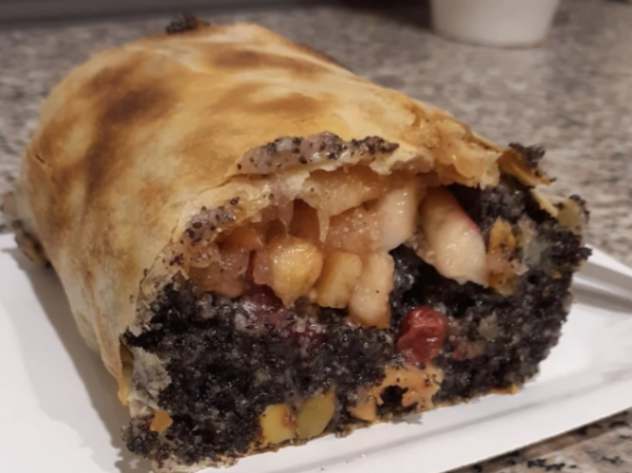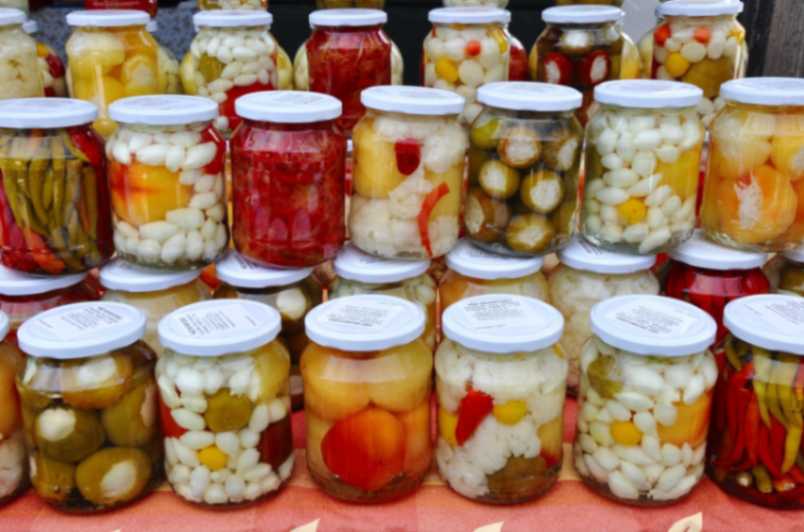Hungarian cuisine is a vibrant tapestry of flavors, colors, and textures, deeply rooted in tradition and shaped by the country’s long and rich history. One of the most fascinating elements of this culinary heritage is the wide array of cooking techniques that bring these cherished dishes to life. As you dive deeper into Hungarian cooking, you’ll discover how these methods not only celebrate the country’s gastronomic traditions but also highlight the importance of family and community in the kitchen.
Stewing: The Soul of Hungarian Cooking
Stewing stands as one of the most iconic techniques in Hungarian kitchens, forming the backbone of dishes like goulash, pörkölt, and lecsó. This slow-cooking method involves simmering meat and vegetables in a covered pot, allowing the flavors to blend harmoniously while the ingredients tenderize.
Paprika plays a central role in Hungarian stews. The process typically starts with browning meat—often beef or pork—alongside a hefty amount of onions. Paprika is then added, infusing the dish with its distinctive color and rich flavor. Water or broth, along with vegetables like potatoes, peppers, or carrots, is incorporated, and the whole mixture is left to simmer slowly.
The beauty of this technique is its ability to transform tougher cuts of meat into a tender, flavorful meal, delivering a dish that is both hearty and comforting.
Sautéing: A Quick Burst of Flavor

Túrós csusza
Sautéing is another widely used method in Hungarian cooking, especially when preparing vegetables, meats, or sauces. This technique involves cooking ingredients in a small amount of fat—usually oil or butter—over medium to high heat, allowing for quick browning and flavor development.
In many Hungarian dishes, sautéing serves as the first step in creating a base for stews or sauces. Onions, for instance, are often sautéed until golden, laying down a rich, aromatic foundation for the rest of the ingredients.
A beloved dish that incorporates this method is túrós csusza, a baked pasta featuring egg noodles, cottage cheese, and crispy bacon. The bacon is sautéed until golden and crispy, adding a savory crunch to the dish.
Roasting: Unveiling Deep Flavors
Roasting involves cooking food in an oven or over open flames, yielding a beautifully browned exterior and a tender interior. Hungarian cuisine often employs roasting for both meats and vegetables, creating robust, flavorful dishes.
Töltött káposzta, or stuffed cabbage, is a prime example. Cabbage leaves are filled with a savory blend of meat and rice, and then baked in a rich tomato sauce. Roasting enhances the dish, allowing the flavors to deepen as it cooks.
Roasted vegetables, such as peppers or root vegetables, also feature prominently in Hungarian cooking. Their natural sugars caramelize during roasting, heightening their sweetness and complexity.
Baking: A Sweet Tradition

Rétes – Hungarian sweet pastry
Baking is integral to Hungarian culinary tradition, especially when it comes to desserts. It’s a technique passed down through generations, where both sweet and savory dishes are crafted using dry heat in the oven.
One of Hungary’s most famous baked goods is strudel (rétes), a paper-thin pastry filled with apples, cherries, or poppy seeds. The process of stretching the dough until it’s almost translucent is both an art and a labor of love, producing a flaky pastry that is a household favorite.
Another cherished sweet is the chimney cake (kürtőskalács), baked over an open flame and dusted with sugar and cinnamon. The baking method here creates a crispy outer layer while keeping the inside soft and tender.
Boiling and Blanching: Simplicity at Its Best

Boiling pot
Boiling and blanching may be basic techniques, but they are highly effective in Hungarian cooking, particularly for vegetables and grains. Boiling involves submerging food in boiling water until fully cooked while blanching briefly cooks food before plunging it into ice water to halt the process.
Hungarian cooks often boil vegetables, like potatoes, to serve alongside stews such as goulash. Blanching, on the other hand, helps preserve the color and flavor of vegetables used in dishes like lecsó, a stew made from tomatoes, peppers, and onions.
Grilling: Infusing Smoky Goodness
Grilling is a popular method, especially during Hungary’s warmer months when outdoor cooking takes center stage. This technique imparts a smoky flavor to meats and vegetables, making it a favorite for gatherings.
Kolbász, or Hungarian sausage, is often grilled at outdoor festivals, where the smoky aroma heightens its savory taste. Grilled vegetables, like peppers and eggplants, are also common and can be served as sides or blended into dips, such as ajvar, a smoky pepper and eggplant spread.

Sausage platter
Fermenting: A Tradition of Preservation
Fermentation has long been used in Hungarian cuisine to preserve foods and develop flavors. This process converts sugars into acids or alcohol through the action of microorganisms, resulting in foods that are both tasty and rich in probiotics.
Tejföl, or sour cream, is one of Hungary’s most famous fermented products. It’s a staple on many Hungarian tables, accompanying dishes like goulash and stuffed cabbage with its tangy richness. Pickling, another form of fermentation, is also widely practiced, creating flavorful vegetables like cucumbers or cabbage that add a zesty crunch to meals.
Hungarian cooking is a true celebration of flavor and tradition, with each technique playing a vital role in crafting the country’s iconic dishes. From the tender embrace of stewing to the delicate art of baking, these techniques keep Hungary’s culinary heritage alive.

